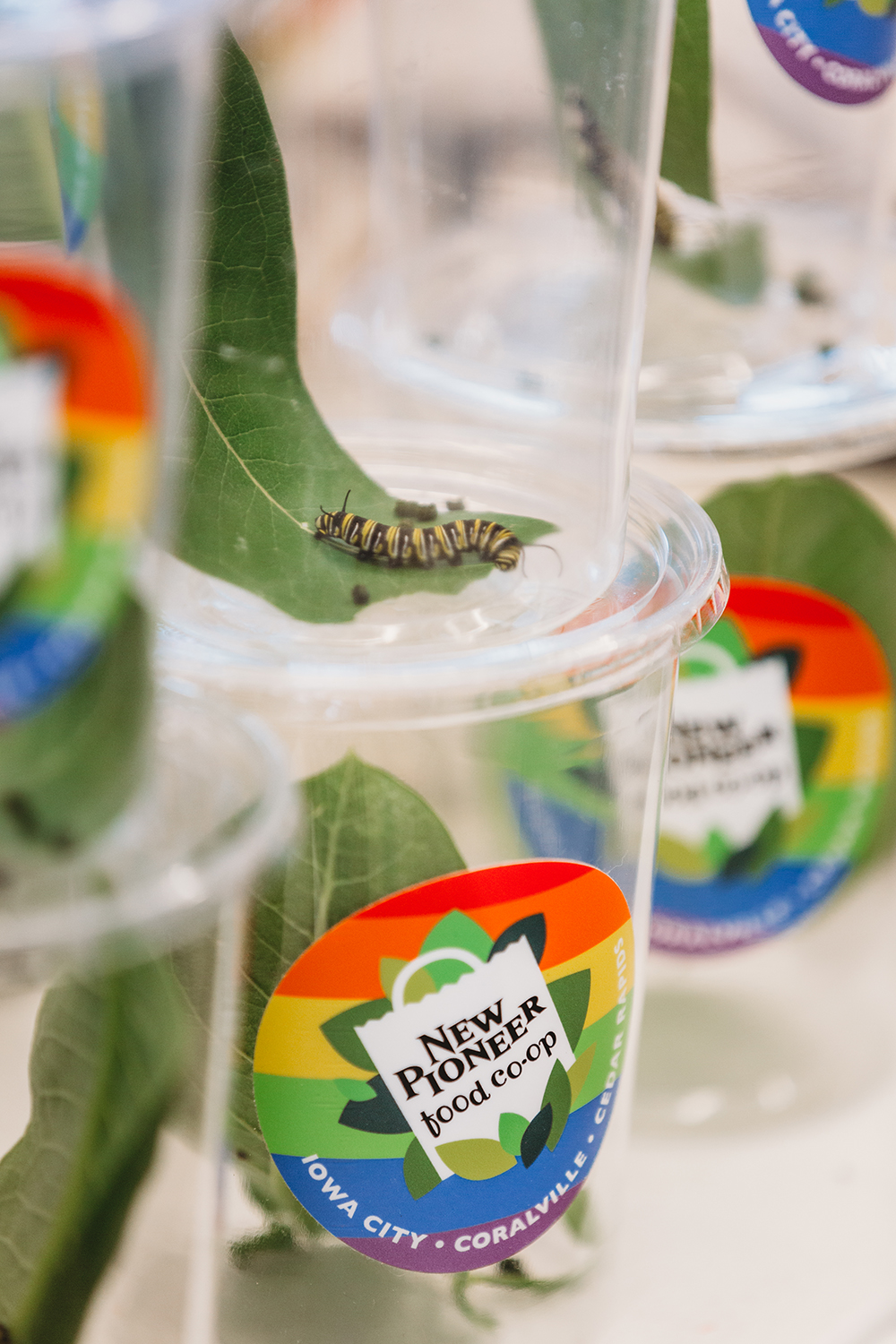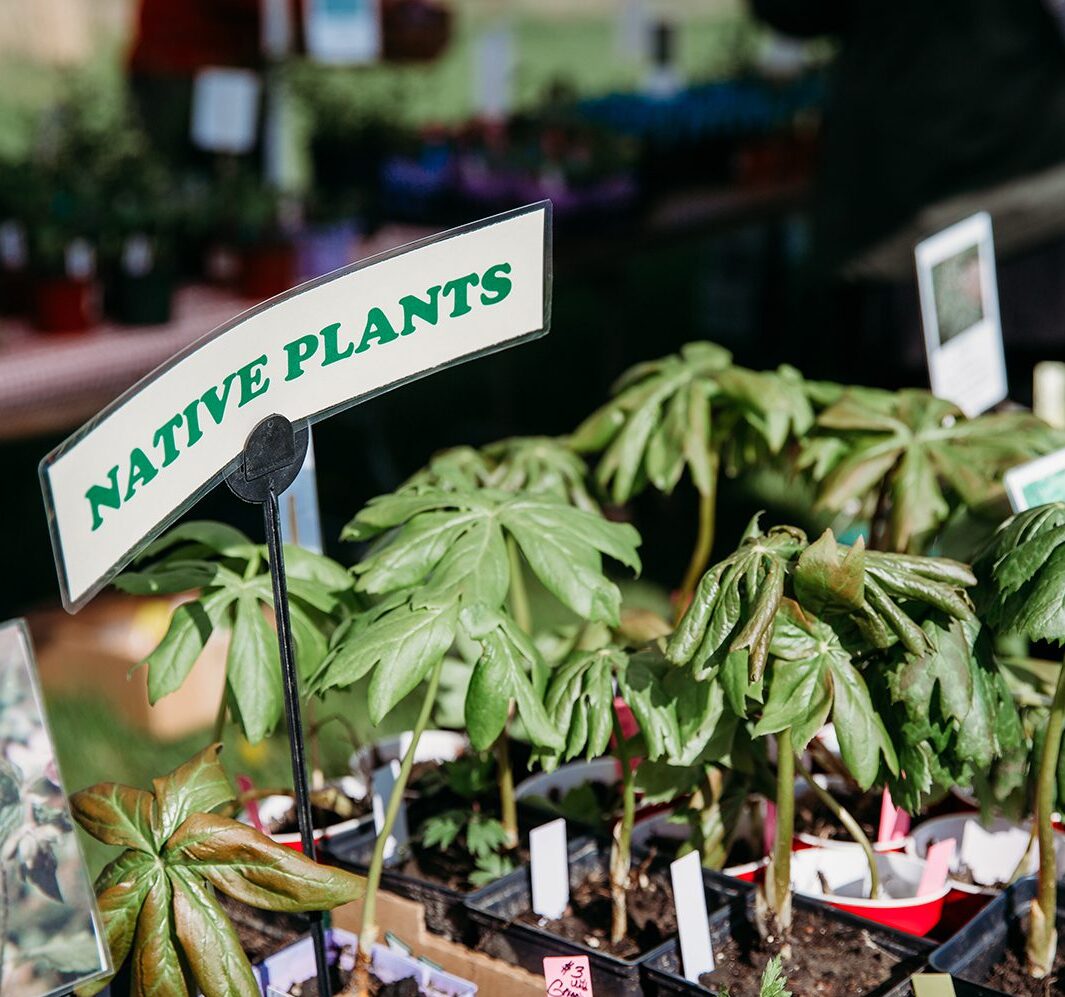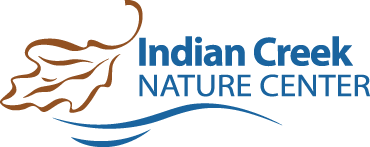Registration opens June 30 at 10 AM for caterpillar adoption at this year’s Monarch Fest on Saturday, July 9.
 Caterpillars are completely free to adopt, but you MUST have a reliable source of milkweed* to feed your hungry caterpillar and there is a limited supply available, so only one caterpillar may be adopted per family. Caterpillars must be picked up at Monarch Fest on Saturday, July 9 between 10:00 AM and 2:00 PM.
Caterpillars are completely free to adopt, but you MUST have a reliable source of milkweed* to feed your hungry caterpillar and there is a limited supply available, so only one caterpillar may be adopted per family. Caterpillars must be picked up at Monarch Fest on Saturday, July 9 between 10:00 AM and 2:00 PM.
*(ICNC is unable to provide milkweed to adoptees). If you do not have a source of milkweed, click here to learn the many ways you can still participate in Monarch Fest.
Raising a monarch of your own is an exciting educational experience, but the most beneficial, impactful route to helping monarchs is to plant native, pesticide-free gardens and increase their habitat. Monarch butterflies and other pollinators are essential to environmental and agricultural systems, however they are in decline due to disease, pesticide use and habitat loss. To attract and sustain native pollinators, they must have adequate access to food, water, and shelter (just like us!). That means the number one way to support them is to create and maintain habitat that provides those three very important things.
Pollinator habitat can be created in any open space that won’t be mowed or treated with pesticides. If you have space in your yard, garden, or even container gardens, be sure to plant a few pollinator-friendly plants, such as milkweed (the only thing a monarch caterpillar eats!). Of course, other native flowers also provide food and shelter to adult butterflies and other pollinators — what is good for the monarch is good for all pollinators!
Why plant natives?
In only the last 20 years, the US has lost twenty-four million acres of natural habitat to farming, energy development, housing sprawl and other human-created factors. This comes at a cost of the native plant species that inhabited the areas, which in turn has led to a precipitous drop in our insect populations. Along with the loss of habitat, the increased use of pesticides & herbicides on our farms, corporate landscapes, vegetable gardens and lawns has contributed to insect declines and adds poisons to our water supplies. Nearly every bite of food you take comes at its source, from our insect pollinators, so it follows that as we lose habitat, we lose pollinators, and we stress our own food production. It’s long past the time to go native in our home and business landscapes and do our best to help rebuild our native insect populations.
Planting a variety of species that have differing bloom times, heights, and flower types fuels the widest range of pollinators all season long. And, this not only supports pollinator populations, it also benefits your garden with bigger and better crops…that’s a win-win!
So, what’s a “native” plant?
A true native is a species that’s existed for thousands of years in its habitat. It has evolved over time along with the insects and other animals that rely on it for food, housing and rearing of the animals’ young. Some naturalists further define a native as a species that was growing in North America prior to the European settlers arriving on the continent. Either definition can be used, but we all need to know our native plants and how to recognize them.
Where can we get them?
We know we desperately need to change our landscapes back to natives, so where do we go to buy them? The best source for true natives that are not tainted with poisons is from people you know who are willing to share their plants. A great thing about natives is that once they’re established, they’ll come up every year and they’ll usually multiply. Friends that are willing to thin their plants are a great source for gardeners new to natives. You’ll be surprised at how many gardeners are willing to share.
There are many local greenhouses and garden centers that sell plants, and most of them will tell you they have a selection of native plants, but this is where things can get tricky. The two keys to remember when shopping for natives are:

- Can that garden center guarantee you that their suppliers do not use chemicals on the plants to stimulate growth or control pests? Many growers use a pesticide called neonicotinoids (or neonics) to keep pests away from their sprouting plants. This is a systemic poison that stays in the plant for its life, and it will kill ANY insect that feeds or nectars on it. Many of the “big box” stores that sell plants are notorious for selling neonic treated plants.
- Look for the scientific name on the plant you are considering. A true native species will have only the genus & species names. If the tag has a “fancy name” following the species name, that means it’s a cultivar and NOT a true native plant. Don’t be fooled by the supplier’s name on the pots or tags, focus on the plant name itself. You should feel free to ask questions of the help at the garden centers until you receive a satisfactory answer. I’ve found that in many cases, the people working at nurseries haven’t been educated in recognizing true natives, and you’ll be doing them a favor by pushing the issue.
THANK YOU for researching the beauty and benefits of a native plant garden. We hope you’ll join the millions of people across the country who are “rethinking pretty” for the benefit of our pollinators, including Monarch butterflies.
Information sourced from: Bringing Nature Home: How Native Plants Sustain Wildlife in Our Gardens
Caterpillars brought to you by: Monarch Research Project & Monarchs in Eastern Iowa



